A computer is the first thing that comes to mind when someone thinks about a machine which is great for work and entertainment. Most people prefer desktop computers over gaming consoles and laptops as they can provide the best experience, no matter if you want to do some hardcore gaming or you want to work from home. However, with the rising electricity cost and high-performance parts used in computers, everyone wants to know how many watts does a computer need? This post will tell you everything there is to know about computer watts usage, so you can make proper arrangements for your computer setup.
Key Takeaways about Computer Wattage
- Considering the average use of a desktop computer with speakers and a printer, it consumes 200 watts of electricity when someone is using it. The energy usage of a laptop is between 50 and 100 watts of electricity as there are different models with different features while being used. When your computer or laptop is sitting in standby mode, the computer wattusage drops to a third.
- Suppose your computer runs for eight hours a day; its energy use will be 600 KWH annually. The energy consumption of eight hours per day use of a laptop is 150 to 300 KWH per year.
- However, to avoid paying this high electricity cost, you can use a Jackery Solar Generator to save on electricity.
How Many Watts Does a Computer Use
If you are wondering how many watts does a computer use? The estimated answer is 30 to 300 W as there is a variety of chips and hardware configurations which make it hard to calculate a single result. Even if you don't consider the different hardware used in computers, there are always factors like vampire energy and sleep mode. You also can't calculate computer watts based on the output mentioned on the power supply as it only tells you the max output. To get a better overview, let’s take a look at the energy consumption of laptops from some of the major brands.
Computer Watts Consumption
|
Computer
|
Wattage |
Estimated Working Hours (Hours) |
Estimated Power Needed daily (Watt-hours) |
|
MacBook Air |
30W |
8 |
240 |
|
MacBook Pro 13″ |
61W |
8 |
488 |
|
MacBook Pro 14″ |
67W |
8 |
536 |
|
MacBook Pro 16″ |
96W or 140W depending on the spec |
8 |
944 average |
|
Microsoft Surface Laptop Go |
39W |
8 |
312 |
|
Samsung Galaxy Chromebook 2 |
45W |
8 |
360 |
|
Samsung Galaxy Book Go |
45W |
8 |
360 |
|
Samsung Chromebook 4+ |
45W |
8 |
360 |
|
Dell Inspiron 14″ |
65W |
8 |
520 |
|
Dell Inspiron 17″ |
90W |
8 |
720 |
|
Dell Inspiron 15 (7000) |
90W |
8 |
720 |
|
Dell Inspiron 15 (3000) |
45W |
8 |
360 |
|
Dell XPS 15 |
130W |
8 |
1040 |
|
Dell G15 Gaming Laptop |
180W |
8 |
1440 |
|
ASUS ROG Zephyrus15 |
200W |
8 |
1600 |
|
HP Laptops |
45W to 150W, depending on the model |
8 |
780 average |
|
Acer Laptops |
45W to 180W, depending on the model |
8 |
900 average |
|
Lenovo Flex 3 |
45W |
8 |
360 |
|
Lenovo Chromebook 3 |
45W |
8 |
360 |
|
Lenovo Ideapad 3 |
65W |
8 |
520 |
|
Lenovo Yoga |
65W |
8 |
520 |
How Many Watts Does a Computer Monitor Use
Similar to laptops, where there are different hardware configurations and types, the energy consumption of desktop monitors also depends on multiple factors. The two main factors are the screen size and monitor type. You can get an estimate of 20 to 100 Watts for typical computer monitors. The chart of monitor watt usage moves from LED, LCD, CRT, and Plasma. Here, LED is the least, and plasma is the highest energy-consuming monitor. As you also know, monitor screens are available in multiple sizes, starting from 15 inches all the way to 50 inches. Watt usage increases with the size of the computer monitor.
What Size Generator Do I Need for the Computer When Off-Grid
If you have read the article all the way from the start, you should have a general idea of how many watts does a computer use? Now that you know this, the first thing to do is calculate how much it is going to cost you to use a computer. Now, you can either pay for that, or you can try and save money on electricity bills through other options. Electricity costs are projected to go higher, and for someone who uses their computer for work and entertainment, paying expensive electricity bills is not ideal. The best way to tackle it is to use a Jackery solar generator to power your computer so you can use it without worrying about electricity bills. Jackery Solar Generators offers a clean, renewable, and safe energy source. They are reliable and best for indoor and outdoor use. Check out which Jackery Solar Generator is ideal for you based on your usage of watts of a computer.
Best Solar Generator for Computer When Off-Grid
Jackery is the world's leading brand for portable energy, with a line of the most reliable and efficient solar generators. All of our Jackery Solar generators offer fast charging and safe and clean energy for long hours.
Best for Portable- Jackery Solar Generator 500
The Jackery Solar Generator 500 has 518Wh capacity, 5000W AC power, and 100W max DC output. It is a quiet and low-cost solar generator with zero emissions, best for powering your computer for hours. You can also use it for other appliances and devices such as your TV, light, mini-cooler, blender, and electric blanket. It weighs only 13.32 lbs, making it easy to carry when you are outdoors. You can charge it within 9.5 hours due to the advanced MPPT technology. It also gives you three USB ports, a 12V car outlet, and an AC outlet.

Best for Most Computers — Jackery Solar Generator 600 Plus
The Jackery Solar Generator 600 Plus is a compact and lightweight solar-powered generator that can charge most types of computers. It has a foldable handle and ergonomic design to ensure easy movement anywhere you go. You can also use the solar generator to charge other appliances, such as lights, lamps, printers, laptops, etc.
Best for Off-Grid Working — Jackery Solar Generator 1000 Plus
If you often work outdoors in remote locations with no nearby electricity outlet, the Jackery Solar Generator 1000 Plus sounds like a reliable choice. It has enough battery capacity to charge 99% of the home or outdoor appliances, such as computers, lights, lamps, etc. It is also expandable with the help of add-on battery packs to extend the capacity to 5kWh.
Best for All Situation — Jackery Solar Generator 2000 Plus
The Jackery Solar Generator 2000 Plus is a large solar-powered generator that can power computers and other appliances for long hours. The large battery capacity ensures your household appliances remain powered during blackouts or power outages. Despite the large capacity, the power station features a foldable handle, pull rod, and double wheels to make transportation easier.
|
Jackery Products |
Capacity (Watt-Hours) |
Output |
Computer Wattage
|
Supported Working Hours |
|
Jackery Solar Generator 2000 Plus |
2042.8Wh |
AC Output: 3000W (6000W Peak) |
200W |
7.4H |
|
Jackery Solar Generator 1000 Plus |
1264Wh |
AC Output: 2000W (4000W Peak) |
200W |
4.8H |
|
Jackery Solar Generator 600 Plus |
632Wh |
AC Output: 800W (1600W Peak) |
200W |
2.5H |
|
518Wh |
AC Output: 500W (1000W Peak) |
200W |
2.0H |
Kindly note that the actual running time of the appliance may vary from that mentioned above and this calculation is for reference purposes only.
FAQ about Computer Wattage
How much electricity does a PC use in 24 hours?
You can't get an exact answer for the electricity usage of a PC in 24 hours as it depends on multiple factors. First of all, every computer uses different Watts hours based on its hardware configuration and connected devices. Suppose your computer uses 80W based on your setup. Now, you need the focus on the 24 hours. No one is going to use their PC for 24 hours without taking a break. Let's say you use your computer for 8 hours a day, and you leave it on standby for 16 hours. Now, you have all the numbers that you need to get an estimate of the electricity your PC uses in 24 hours.
Start with the Watts of electricity. The energy needed for your PC is 80W when it is running and 1W when you leave it on standby. Multiply 80W by 8h and 1W by 16h.
80*8=640Wh
1*16=16WH
Add both 640+16= 656WH
If you want to calculate in units, you have to do further calculations. One unit is 1000Wh. Divide the previous result by 1000 to get the answer in units.
656/1000= 0.656 units in 24 hours
How much Power does a PC consume?
The power consumption of a PC depends on its type and hardware configuration. Laptops and desktop computers are both considered PCs, but their power consumption is completely different. Laptops typically use less energy, between 50 and 100 Wh. Desktop computers, on the other hand, use 200 to 500 Wh. The power consumption of a PC is a vague question as there are multiple variables. Suppose your PC setup has speakers, a printer, and some other device. Its power consumption will be higher than an average PC.
How much electricity does a 500w computer use?
You can easily calculate the electricity usage of a 500w computer. Most people use their computer for 8 hours daily.
500w * 8h= 4000Wh which is 4KWh
Now, you can use this number to calculate your computer’s yearly electricity usage. Use simple multiplication.
4KWh * 365= 1460KWH
Conclusion
Let’s conclude our guide on how many watts does a computer use? You can't provide a single number to represent the watt usage of every computer because it depends on the type of computer you have and its hardware configuration. What you can do, is you can calculate your computer's electricity consumption based on your setup. No matter how you calculate it, the number is always going to surprise you because electricity is expensive. So, for those who work and play on their computers, paying expensive bills is a problem. However, you can easily solve this problem by using a Jackery Solar Generator to power your computer with solar energy.
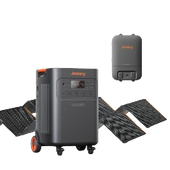
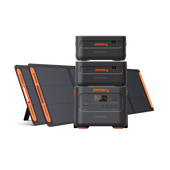
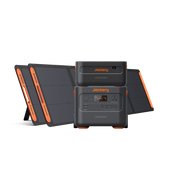
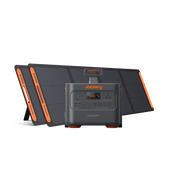

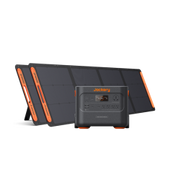
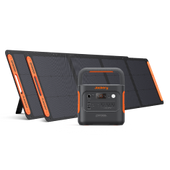

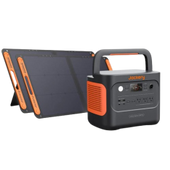
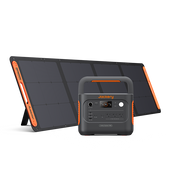
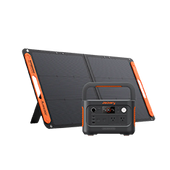

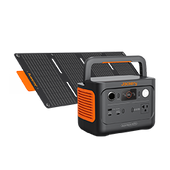
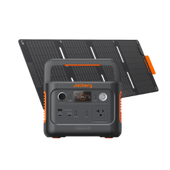
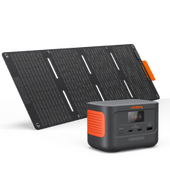
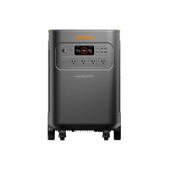

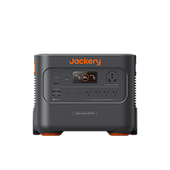
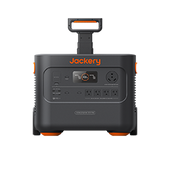
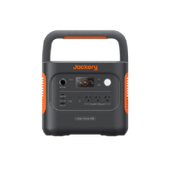
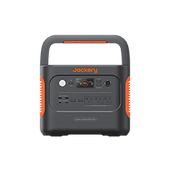
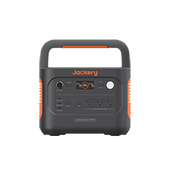
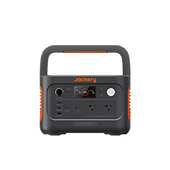
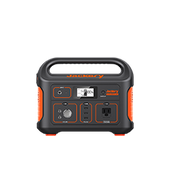
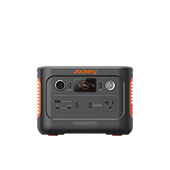

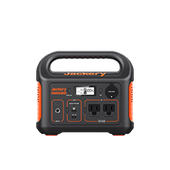
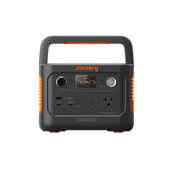
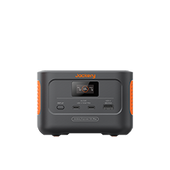



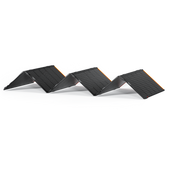
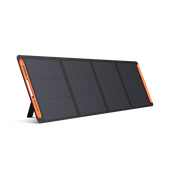
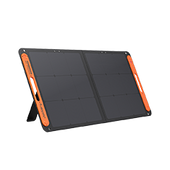
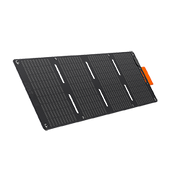
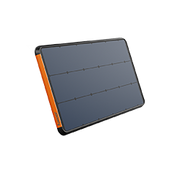
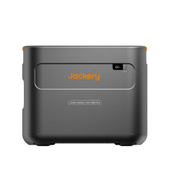
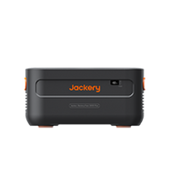
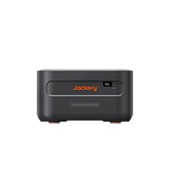

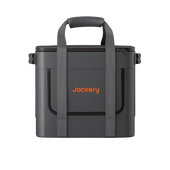
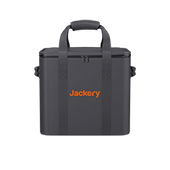
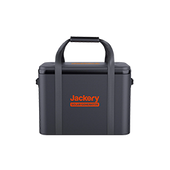
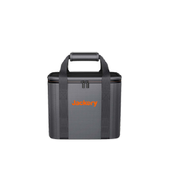
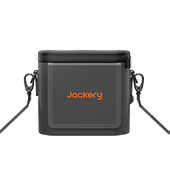
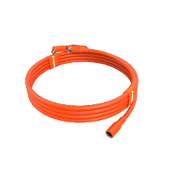

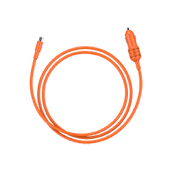

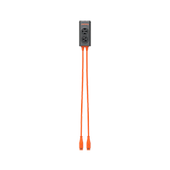
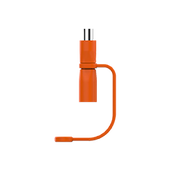
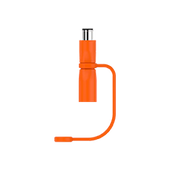
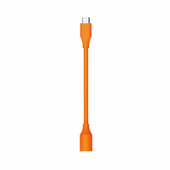
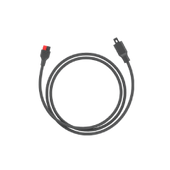
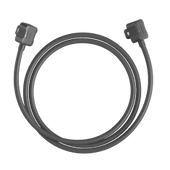
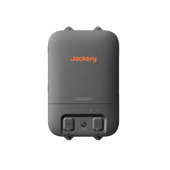
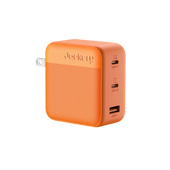

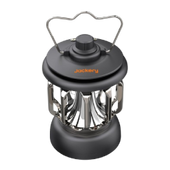


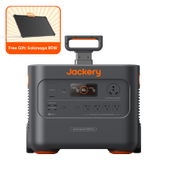
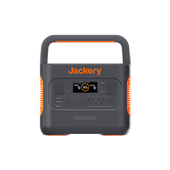
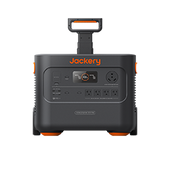
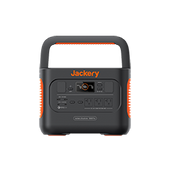
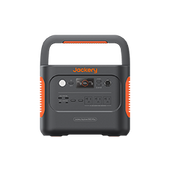
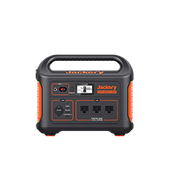
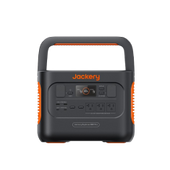
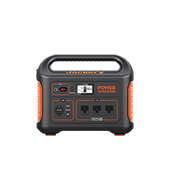
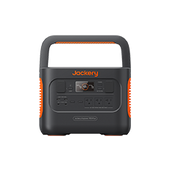
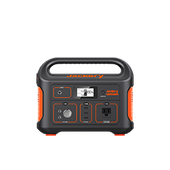
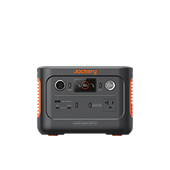
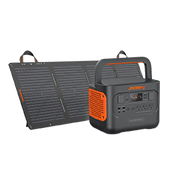
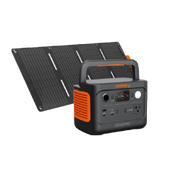
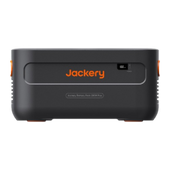
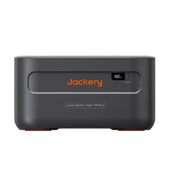





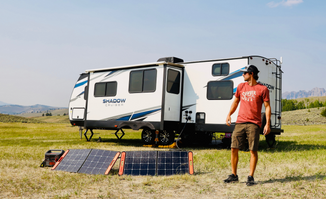








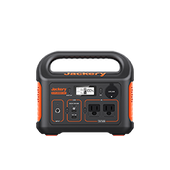

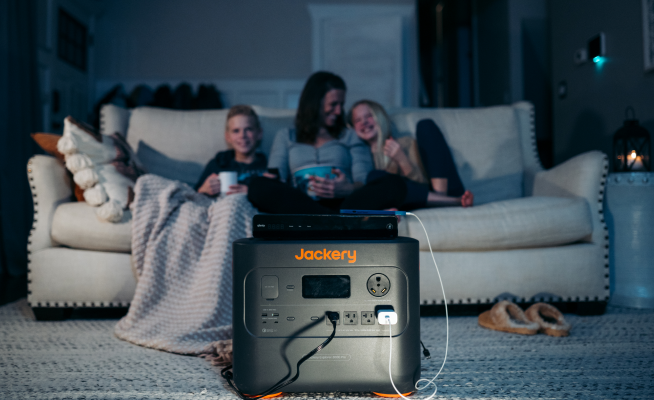


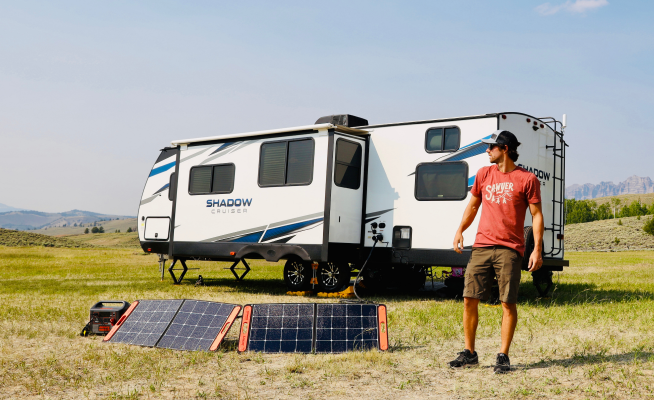

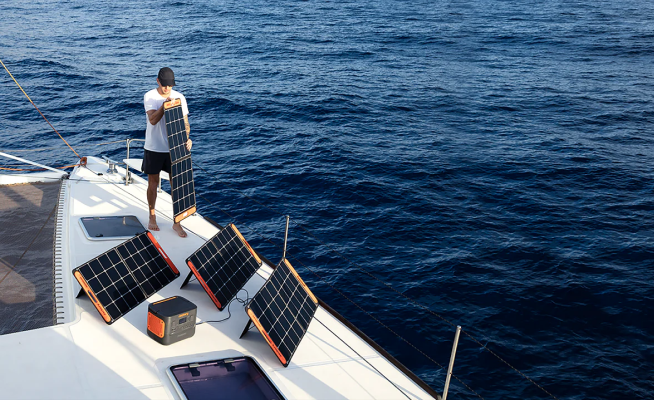
















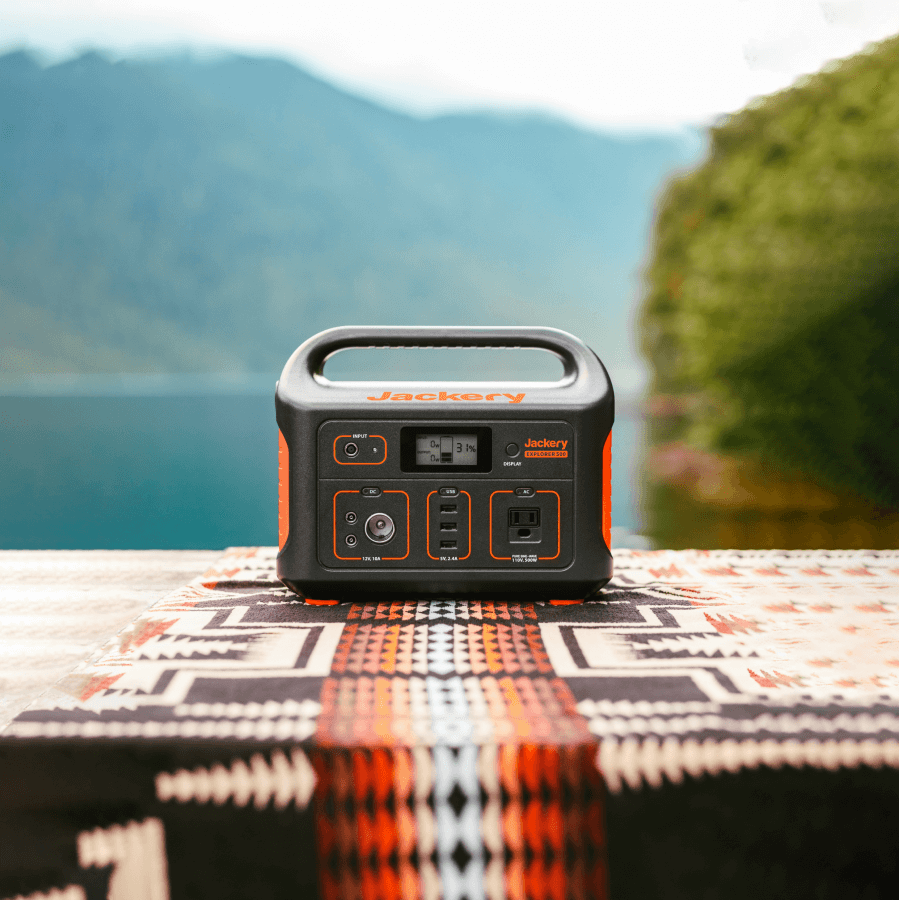
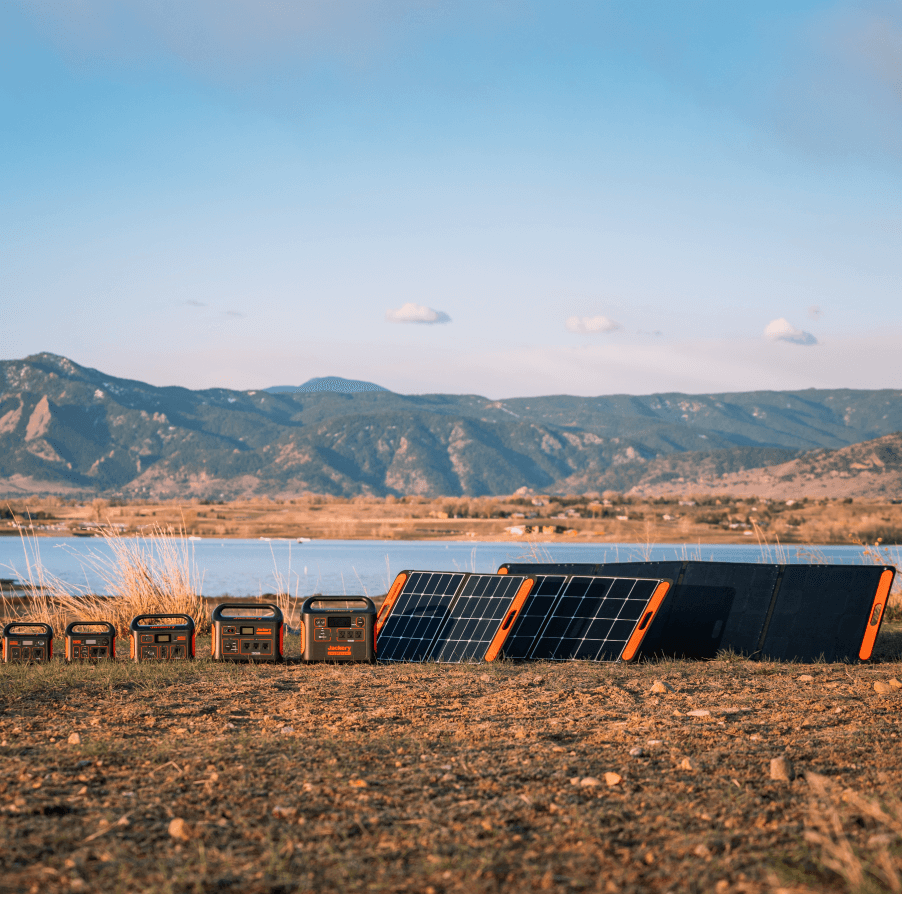

Leave a comment